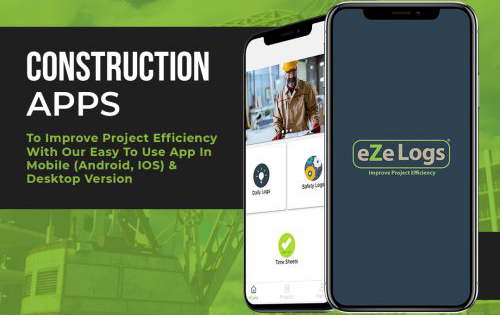A 99.5% uptime guarantee is not merely a marketing claim but a critical operational requirement. Major public infrastructure projects, such as New York’s Metropolitan Transportation Authority (MTA) $68.4 billion Capital Plan (MTA Press Release) and Chicago’s $5.7 billion Red Line Extension Project (CTA Announcement), rely heavily on digital platforms for managing risk logs, funding drawdowns, permitting workflows, procurement approvals, and field data capture. Any lapse in system access can stall contractor mobilization, misalign inter-agency coordination, or cascade into missed federal deadlines.

The Cost of Downtime in Capital Construction
Public-sector platforms must support multi-stakeholder coordination, including consultants, legal teams, engineers, oversight boards, and finance departments. A half-day outage in an Enterprise Project Risk Management (EPRM) system can result in halted bid reviews, duplicate data entry, or scheduling conflicts across numerous active projects. For infrastructure authorities managing multiple billion-dollar capital programs simultaneously, even 0.5% downtime translates to over 43 hours of potential disruption annually. If such downtime coincides with critical funding milestones, the implications become contractual and can lead to significant financial and reputational risks.
Understanding 99.5% Uptime in Infrastructure Terms
Enterprise-grade platforms serving infrastructure owners must measure uptime with precision. It’s not sufficient for the login page to load; all modules, including schedule and document management, must be fully operational. Public infrastructure programs often operate around the clock, especially during overnight or weekend maintenance windows. Therefore, true 99.5% uptime requires robust cloud infrastructure, active performance monitoring, and regionally distributed servers to ensure access regardless of geography or device.
Cloud-Native Architecture: The Backbone of Reliability
Not all Software as a Service (SaaS) platforms are created equal. Many project delivery platforms adopted by public agencies were originally built for desktop and later adapted for the cloud, leading to performance bottlenecks during high-volume reporting cycles. Systems designed for infrastructure-scale uptime are cloud-native, utilizing elastic server scaling to accommodate usage spikes and storing data redundantly across regions to maintain service during local outages. They also provide active status dashboards, offering public agencies real-time visibility into service health.
Redundancy and Failover: Building Confidence
For public infrastructure CIOs and IT leads, uptime is a procurement criterion. Architectural decisions, such as automatic failover and built-in redundancy across geographic regions, are essential. Load balancing should be performed at both the application and infrastructure levels. Enterprise vendors must offer full operational transparency, including patch schedules, maintenance notifications, and zero-downtime deployment strategies. Controlled release management allows agencies to test changes in staging environments before they go live, preventing regressions in mission-critical workflows.
Disaster Preparedness Beyond Business Continuity
Uptime guarantees must also account for disaster scenarios. If an agency’s EPRM system goes down during a hurricane response or flood mitigation operation, it’s not just a schedule risk—it’s a public safety risk. Uptime strategies should include data backups stored in physically separate locations, restoration timelines measured in minutes, and real-world stress tests simulating full recovery. Public owners should require formal disaster recovery plans as enforceable service expectations embedded into the master services agreement.
Mobile Access: Extending Uptime to the Field
A platform that’s technically “up” but delivers a poor mobile experience for field users doesn’t meet the uptime standard. Capital program data must be accessible in the field, where most inspections, safety observations, and change condition identifications occur. Uptime must encompass mobile responsiveness, offline caching, and instantaneous synchronization when connectivity returns. Some public infrastructure teams rely on field-based data capture for federal compliance reporting, making mobile accessibility a critical component of uptime.
Proactive Monitoring and Tiered Support
Achieving uptime isn’t solely about infrastructure. Real-time support and monitoring systems are essential to address any signs of degradation—such as latency in form submission or delayed file uploads—before users begin submitting tickets. Tiered support models that prioritize public sector program teams, along with direct escalation paths to engineers, are crucial. Platforms built for capital construction must log uptime not just as an aggregate percentage but by function, ensuring that all modules are operational when needed.


